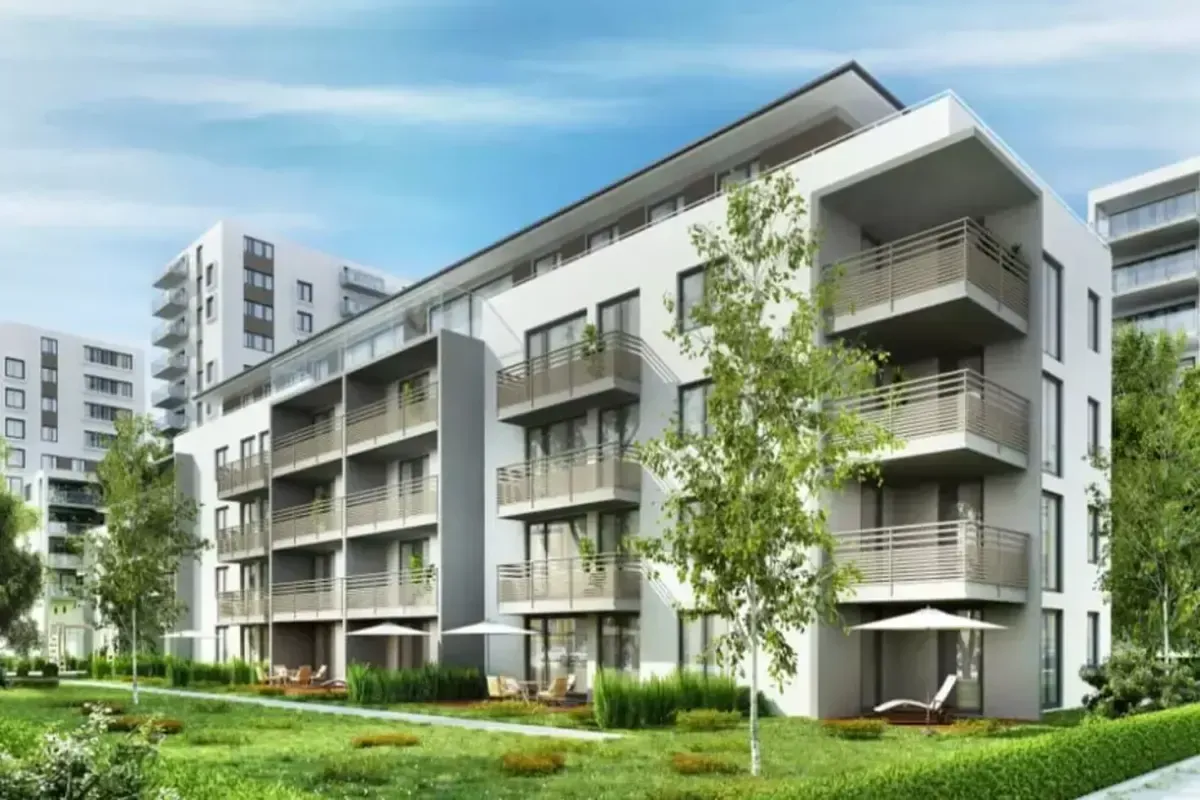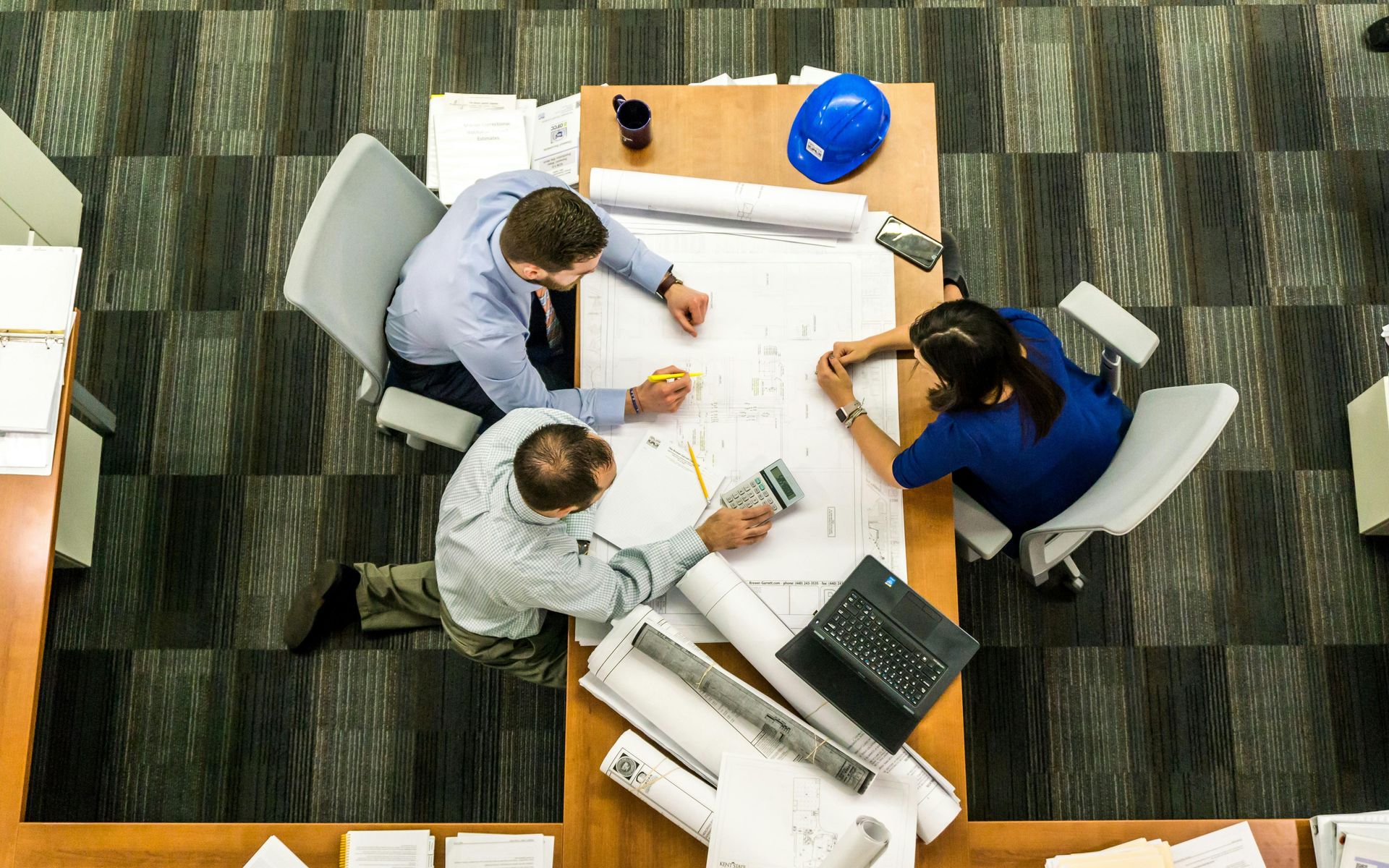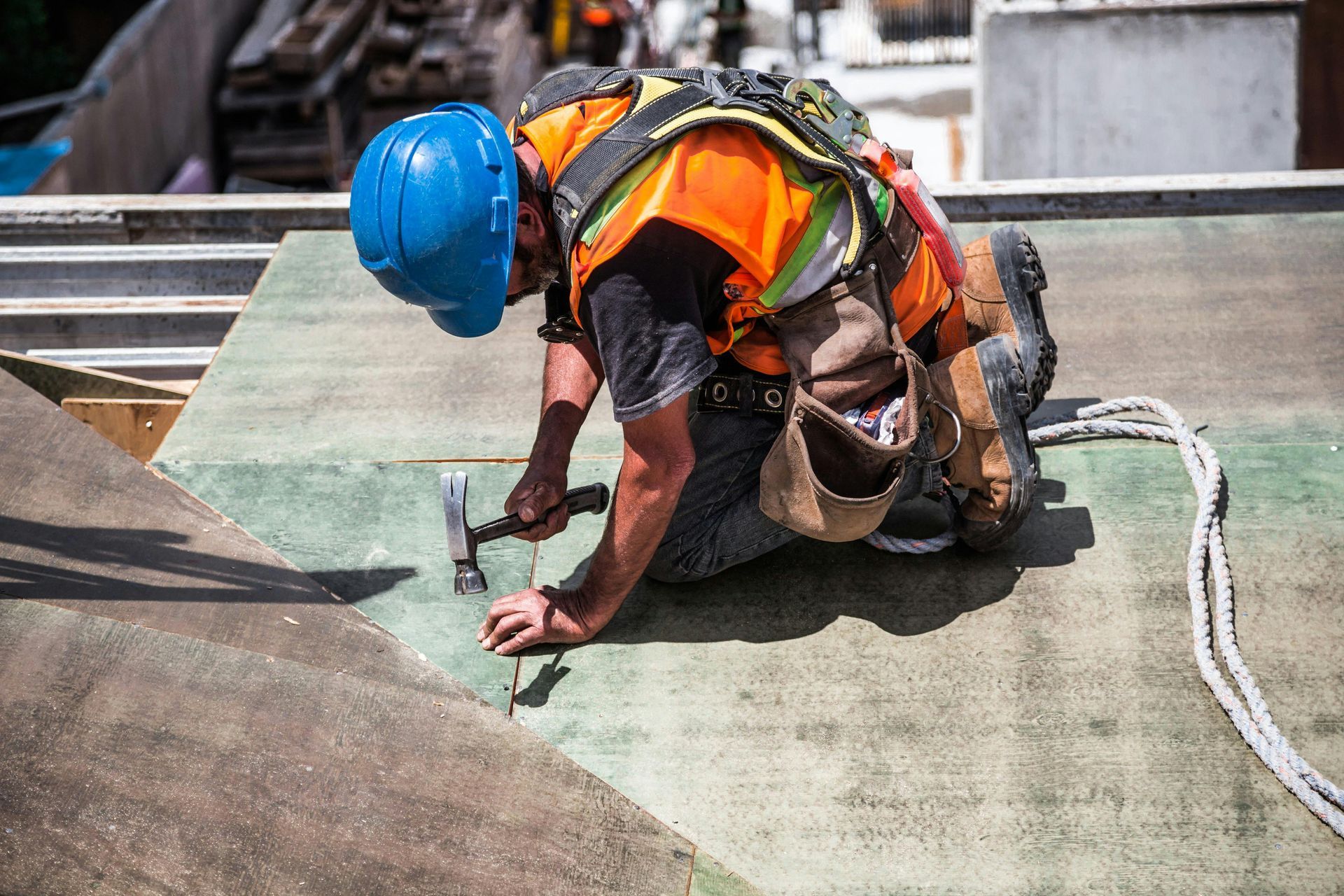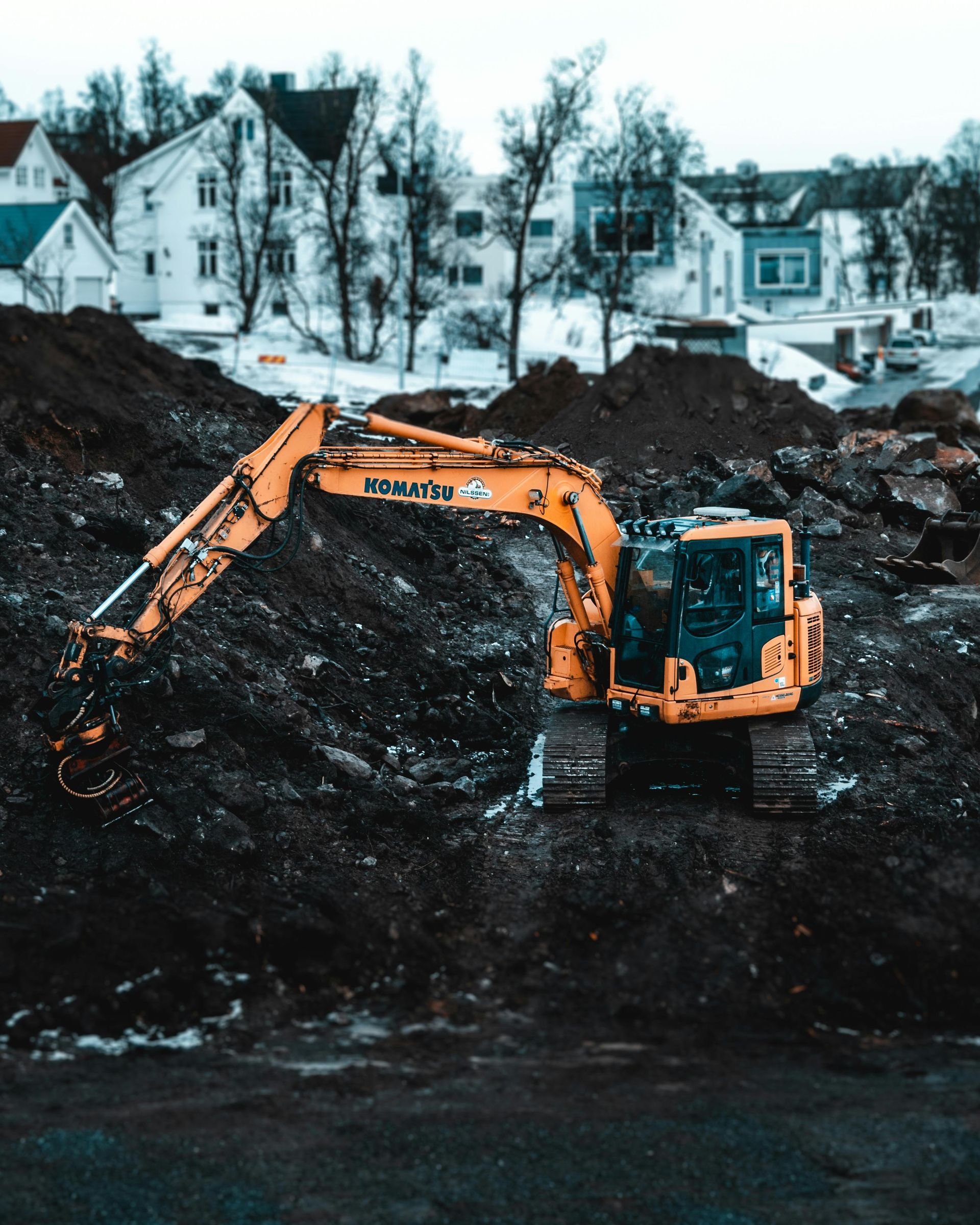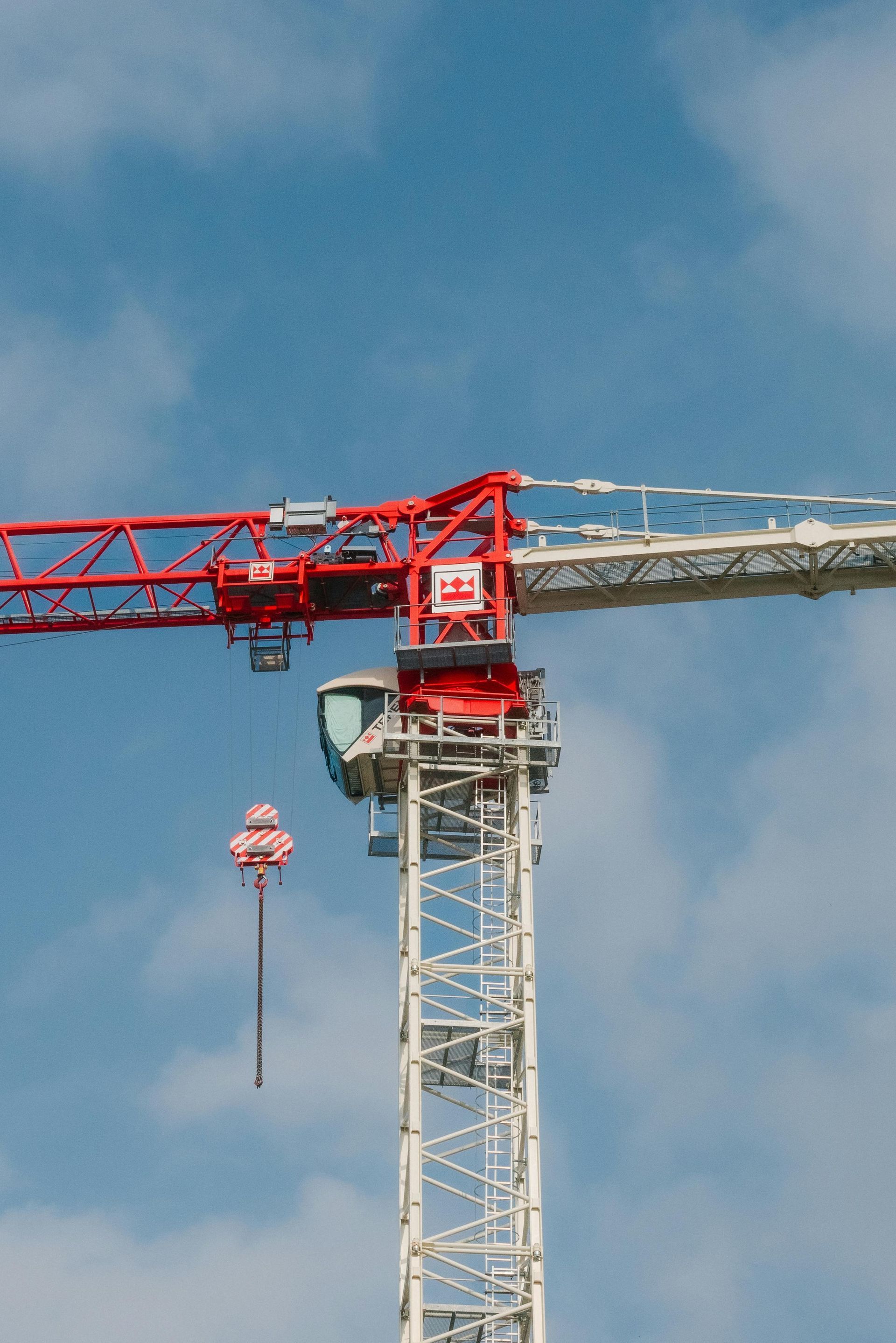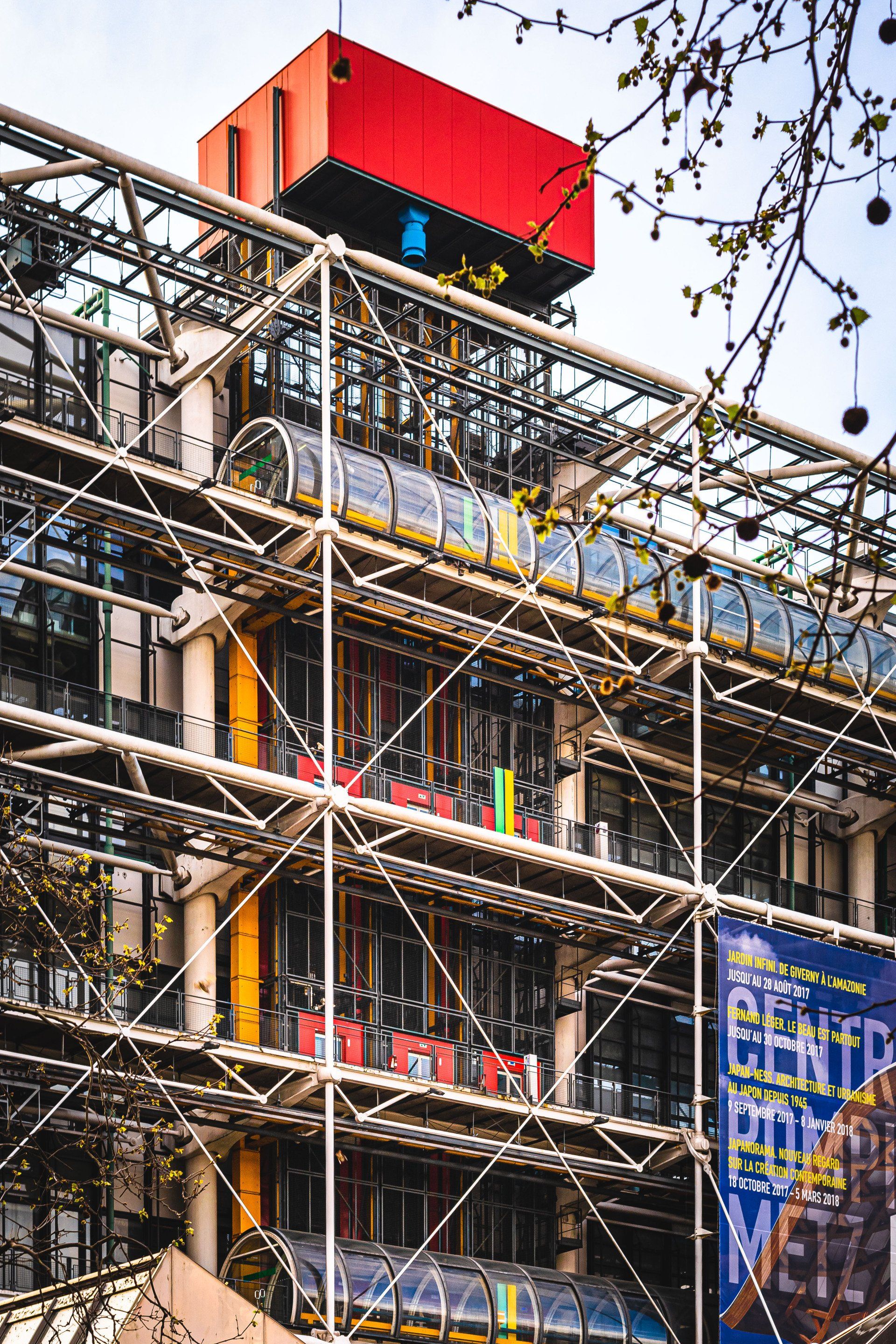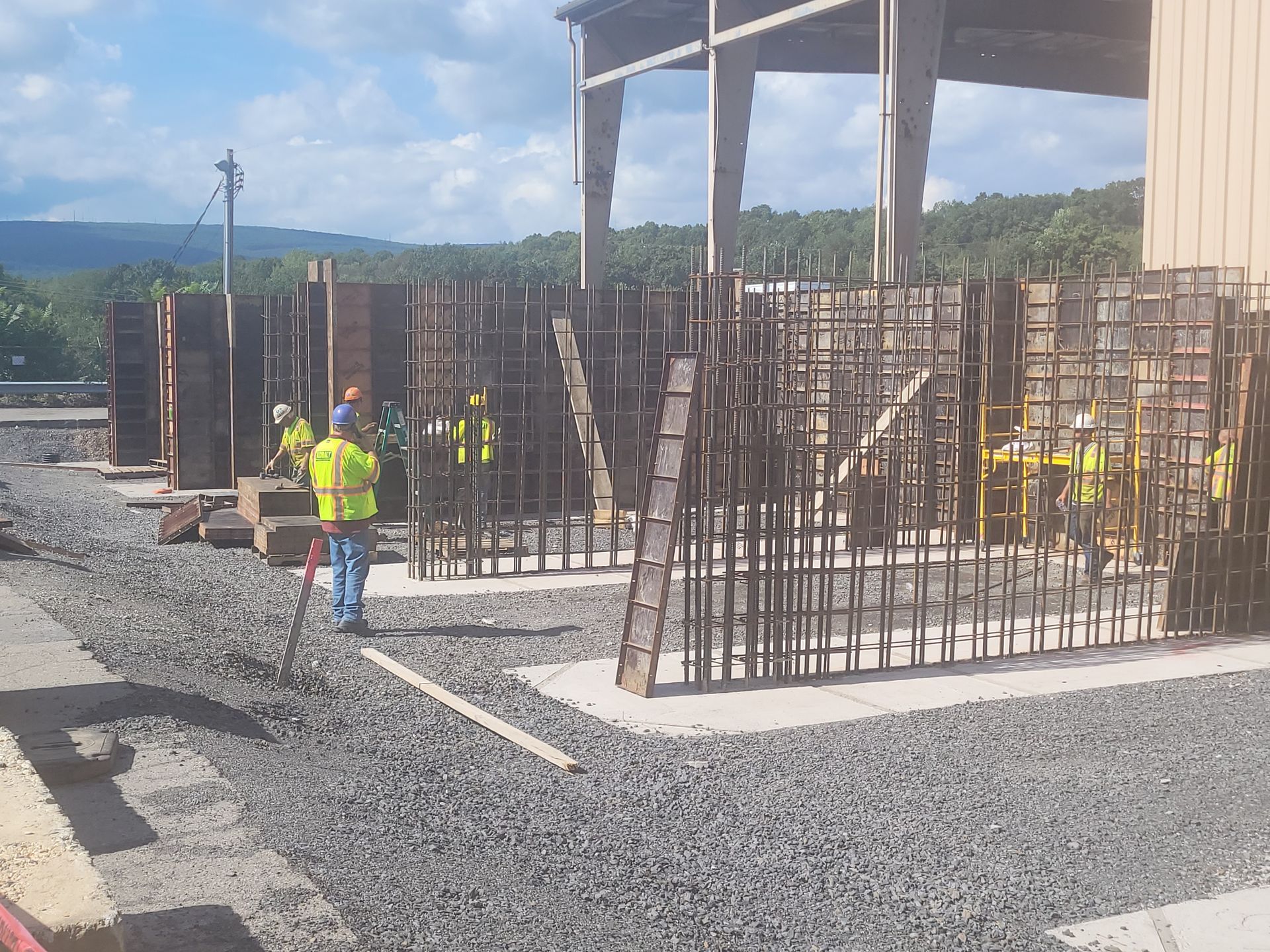Understanding the Basics of Multifamily Construction
In the realm of real estate and construction, multifamily properties hold a unique position. They serve as a vital solution to housing needs in densely populated areas.
But what exactly is multifamily construction?
This term refers to the process of building structures designed to house multiple families. These can range from duplexes to large
apartment complexes.
Understanding the basics of multifamily construction is crucial for investors, contractors, and developers. It helps in making informed decisions and ensuring project success.
In this guide, we delve into the multifamily construction basics. We'll explore its differences from
single-family construction, the role of commercial contractors, and the importance of quality control.
Whether you're a seasoned professional or a curious novice, this article will provide valuable insights into the multifamily construction process.
What is Multifamily Construction?
Multifamily construction refers to the process of building a structure that houses multiple separate families. These structures can take various forms, including duplexes, townhouses, condominiums, and apartment buildings.
Unlike single-family homes, which are designed for one family, multifamily buildings have multiple units with separate entrances. They are a common sight in urban areas, where land is scarce and housing demand is high. Multifamily construction plays a crucial role in providing
affordable housing solutions in such areas.
Single Family vs Multifamily: Understanding the Differences
Single-family and multifamily homes differ in several ways. A single-family home is a standalone structure designed to house one family. It typically has its own yard and is separated from other homes.
On the other hand, a multifamily home is a single building that houses multiple families. Each family has its own living space, but common areas like the yard, lobby, and amenities are shared. Multifamily homes are more common in densely populated urban areas, while single-family homes are often found in suburban and rural areas.
The Role of a Commercial Contractor in Multifamily Projects
A commercial contractor plays a crucial role in multifamily construction projects. They oversee the entire construction process, from site preparation to the final touches. Their responsibilities include hiring subcontractors, obtaining necessary permits, and ensuring the project stays on schedule and within budget.
Commercial contractors also ensure that all work meets the required quality standards. They coordinate with architects, engineers, and other professionals to ensure the project's success. Their expertise is vital in navigating the complexities of multifamily construction.
Photo By: Apartment List
Key Steps in the Multifamily Construction Process
The multifamily construction process involves several key steps. Each step is crucial to the successful completion of the project.
The first step is site selection and zoning. This involves choosing a suitable location for the multifamily building and ensuring it complies with local zoning laws.
Next is the design phase. Architects and engineers collaborate to create a functional and aesthetically pleasing design for the building. This phase also includes obtaining necessary permits and approvals.
The construction phase follows. This involves several stages, including:
- Excavation and foundation work
- Framing the building
- Installing utilities and interior/exterior finishes
Quality control is essential throughout the construction phase. Regular inspections ensure that the work meets the required standards.
Finally, the project concludes with a final inspection and handover. The
contractor ensures that everything is in order before handing over the building to the owner.
Quality Control in Construction: Ensuring Excellence in Multifamily Projects
Quality control in construction is a critical aspect of multifamily projects. It involves regular inspections and checks to ensure that the work meets the required standards.
This process helps to identify and rectify any defects or issues early on. It ensures that the final product is of high quality and meets the expectations of the owner and future residents. Quality control also helps to avoid costly rework and delays, contributing to the overall success of the project.
Building Project Management: Keeping Multifamily Construction on Track
Building project management plays a pivotal role in multifamily construction. It involves planning, coordinating, and overseeing all aspects of the construction process to ensure that the project is completed on time and within budget.
A project manager liaises with architects, engineers, and contractors, making sure that everyone is on the same page. They also handle any issues that may arise during construction, from changes in design to unexpected site conditions. Effective project management can significantly reduce risks and ensure the smooth execution of the project.
Is a Multifamily Considered Commercial? Zoning and Regulations
Multifamily buildings are typically classified as commercial real estate. This classification is due to their purpose: they are designed to generate income through rent or lease. As such, they are subject to different zoning laws and building regulations compared to single-family homes.
Understanding
zoning laws is crucial in multifamily construction. These laws dictate where multifamily buildings can be built and how they should be designed. They also cover aspects like building height, density, and parking requirements. Navigating these regulations requires expertise and careful planning to ensure compliance.
The Economic and Social Impact of Multifamily Construction
Multifamily construction plays a significant role in the economy. It not only creates jobs during the construction phase but also contributes to the local economy through property taxes and the spending of residents. Moreover, it provides a steady income stream for property owners and investors.
From a social perspective, multifamily buildings offer
affordable housing options, especially in
urban areas where land is scarce. They also contribute to urban density, making public transportation and amenities more viable. Thus, multifamily construction can be a key strategy in addressing housing affordability and urban development challenges.
Future Trends in Multifamily Construction
The multifamily construction sector is evolving with the advent of new technologies and changing tenant preferences. One notable trend is the integration of smart home technology, providing residents with greater control over their living environment and contributing to energy efficiency.
Another trend is the increasing demand for community amenities within multifamily developments. These can range from gyms and coworking spaces to rooftop gardens and communal kitchens. Such features not only enhance the living experience but also foster a sense of community among residents.
Conclusion: Kobalt Construction's Commitment to Multifamily Construction
At Kobalt Construction, we understand the fundamentals of multifamily construction and the essential role contractors play in creating quality housing solutions. Our experience in this sector equips us to make informed decisions that ensure project success. As the demand for multifamily housing continues to rise, we're committed to staying ahead of the curve with the latest trends and best practices.
If you want to learn more about how our expertise can benefit your next project,
Contact us today!

